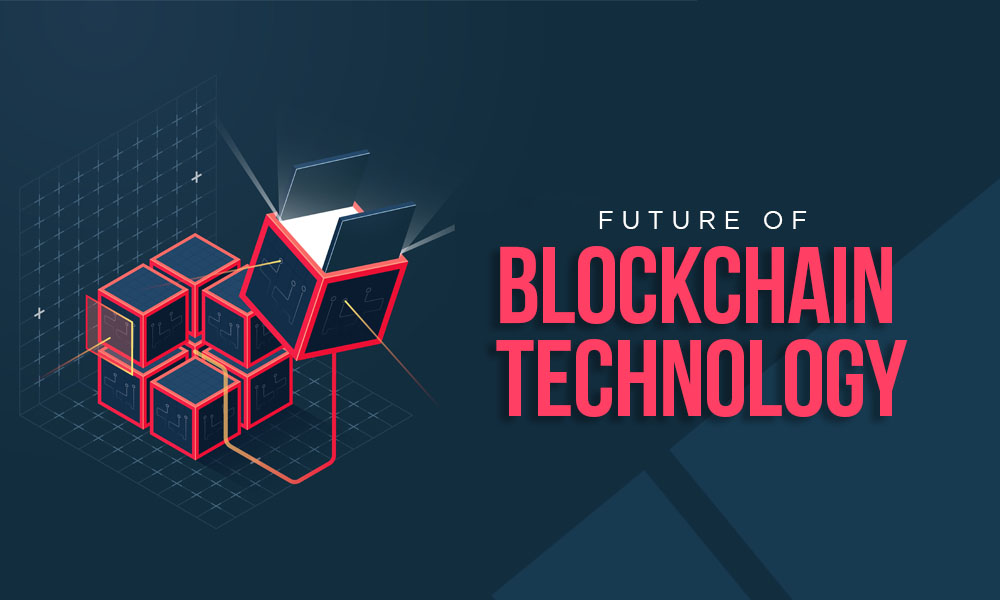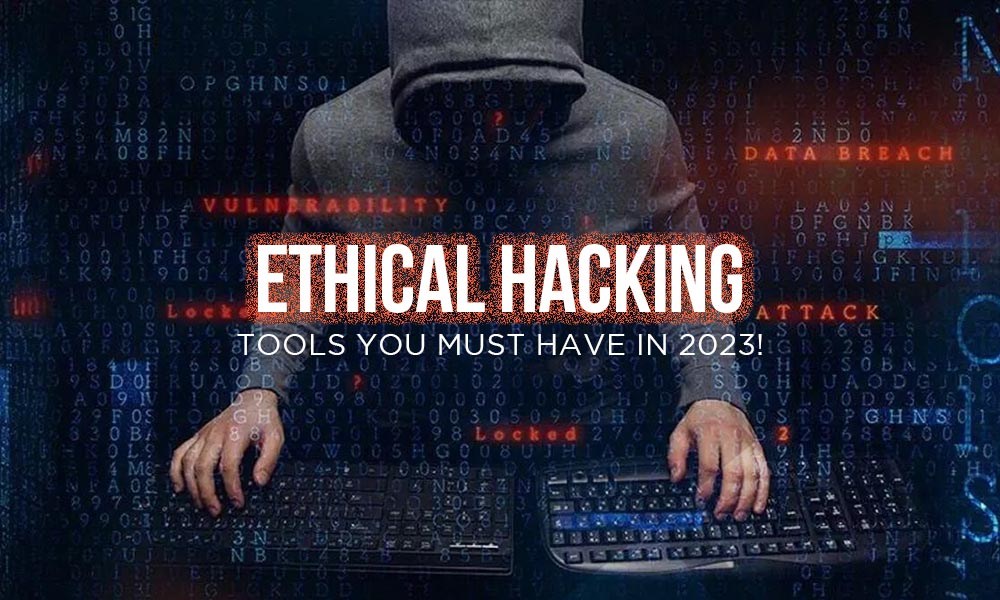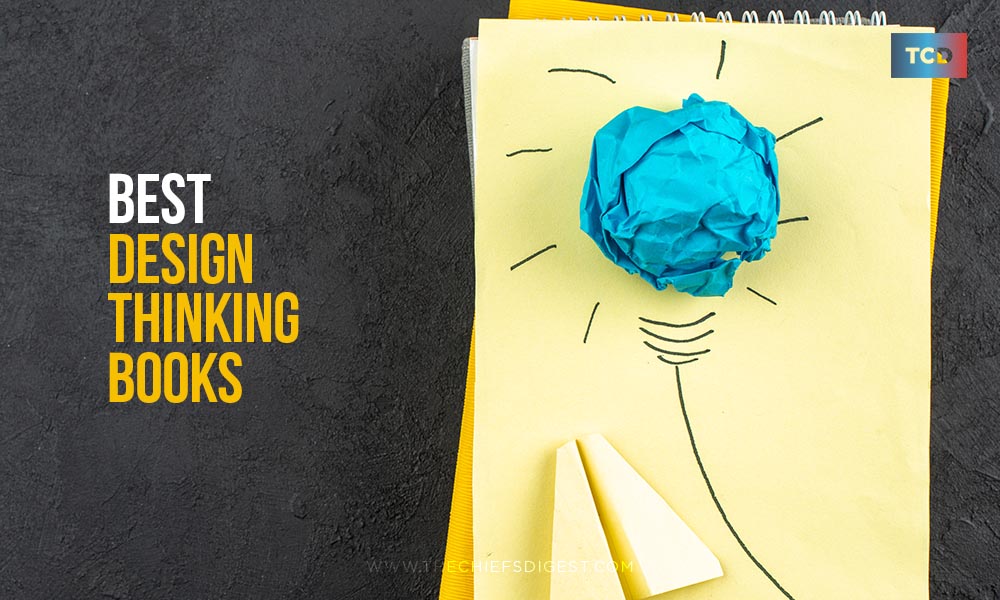In the digital age, virtual and blockchain are being used in new and unforeseen ways. Virtual currencies have become a vital part of the global economy as they are cheap and easy to use. Many people now access online content via internet services or devices instead of traditional media platforms like computers, laptops or desktops. The combination of virtual and blockchain technology has created an entirely new set of digital media options that are unprecedented in human history. As a result, users of these technologies are seeing adoption speeds that were unthinkable just a few years ago. Some people even believe that blockchain technology will be better than conventional currency because it doesn’t rely on centralized authorities or banks for its management and verification processes. Today’s digital world is ripe for transformation—and blockchain will play a crucial role in it. Let’s see what this disruptive technology can do for the future of business and financial services:
What is Blockchain Technology?
Blockchain technology is a decentralized and distributed digital ledger created to reduce the role of central authorities and improve transparency and trust. The technology relies on a peer-to-peer network built around consensusive multi-orginal distributed ledger technology called the blockchain. This technology is similar to those used in cryptocurrency but with the added ability to record data in a form that is verifiable and public.
- Virtual and Augmented Reality
VR and AR is all about immersive platforms that let you see things from your bedroom. With the advent of VR and AR, we’ve been treated to unrivalled visual experiences that create a powerful influence on how we experience the world around us. Apart from providing new immersive experiences, VR and AR has also proved to be a great way to create applications that can be deployed in remote areas. These include teaching digital skilllets to children using AR and VR, or giving virtual tours of new cities using VR and AR.
- Cloud Computing
LRPC, long known for its use in remote assistance, has found a new enthusiastic audience in the digital age. The technology enables a peer to peer network to link computers and devices together to provide a virtual private network (VPN). It’s used by various industries including financial transactions, IoT regulation, and data management.
- Remote Working
Remote working enables employees to work from their homes instead of their favouriteplaces. It gives them the ability to do this from a laptop, smartphone, or other device that is near by. This allows them to take their full career forward while staying within their home network’s virtual boundaries. It’s ideal for remote employees who may need to work remotely for a number of reasons, including family commitments, work-zone pollution, travel, medical issues, or other reasons that require increased safety.
- Peer to Peer Streaming Technology
Peer to Peer Streaming Technology is a new kind of video. It’s based on a blockchain technology, which is why it can’t be found in conventional media. It relies on the public network of smart apps to distribute and verify data, making it immune to any centralized control. Apps on smart devices are used to distribute and verify the videos, along with data, among peers.
Conclusion
Digital media is being transformed from a largely digital-first outlook to one that is increasingly digital-second. The combination of new technologies, including VR and AR, VR and AR-virtual, and blockchain, have created a new and exciting landscape in the digital age. The future of business is in virtual and blockchain technology, which has the potential to create entirely new digital experiences and platforms. So how do we get ourselves out of this Digital Agequasis and onto the next? The only way to prepare for this new world is to become better at managing digital media, controlling digital content, and preventing digital infringement. This is possible through education and awareness raising. There is still a ways to go, but as I mentioned above, there’s a lot of room for improvement. So what do we do now? The future of business is digital. It is connected to the internet, it is global, and it is changing rapidly. It is the new normal. It is the direction that we are heading. This means it is important for businesses to have a digital strategy in place. It can be an ongoing process, but every now and then you need a transformation that is more than just a concept. It’s a fact. This can be achieved through digital transformation and education. It can be achieved through effective strategic planning. It can be achieved through embracing new technologies and adapting to changes quickly. It can be achieved through implementing digital transformation and education projects across the entire organization. The future of business is digital. It is connected to the internet, it is global, and it is changing rapidly. It is the new normal. It is the direction that we are heading. This means it is important for businesses to have a digital strategy in place. It can be an ongoing process, but every now and then you need a transformation that is more than just a concept. It’s a fact. This can be achieved through digital transformation and education. It can be achieved through effective strategic planning. It can be achieved through embracing new technologies and adapting to changes quickly. It can be achieved through implementing digital transformation and education projects across the entire organization.
- Peer to peer streaming technology
Peer to Peer Streaming Technology is a new kind of video. It relies on the internet to distribute and verify data, making it immune to any centralized control. Apps on smart devices are used to distribute and verify the videos, along with data, among peers.
- Remote working
Remote working allows people to work from their homes instead of on a patch of land. It gives them the ability to do this from a laptop, smartphone, or other device that is near by. This allows them to take their full career forward while staying within their home network’s virtual boundaries. It’s ideal for remote employees who may need to work remote for a number of reasons, including family commitments, work-zone pollution, travel, medical issues, or other reasons that require increased safety.
- Cloud computing
LRPC, long known for its use in remote assistance, has found a new enthusiastic audience in the digital age. The technology enables a peer to peer network to link computers and devices together to provide a virtual private network (VPN). It’s used by various industries including financial transactions, IoT regulation, and data management.
- Close video communication
This is the leading edge of digital communication, covering everything from computer and smartphone communication to live and pan-tv broadcast. It is not only changing how we communicate, but also how we communicate with one another.











